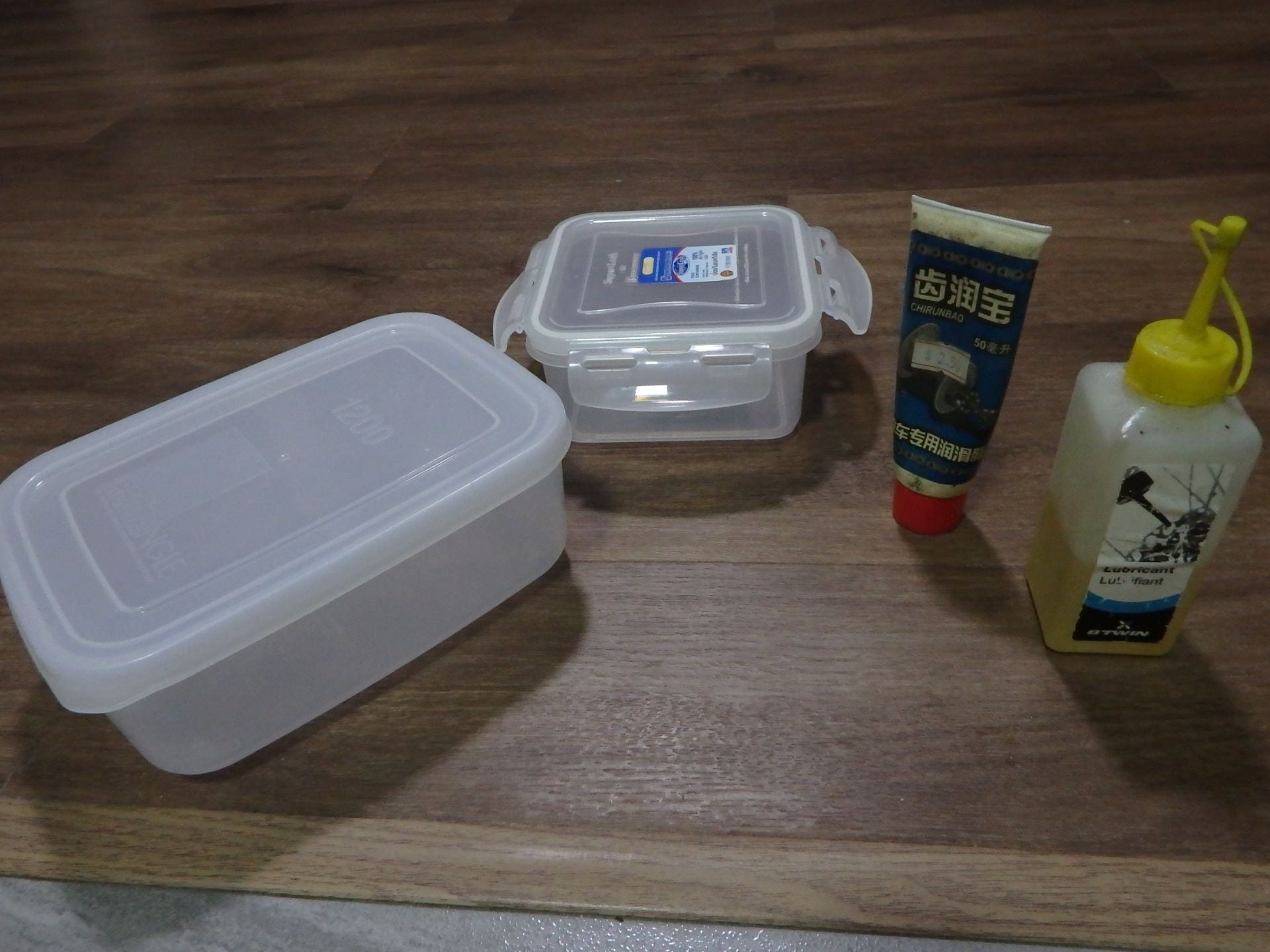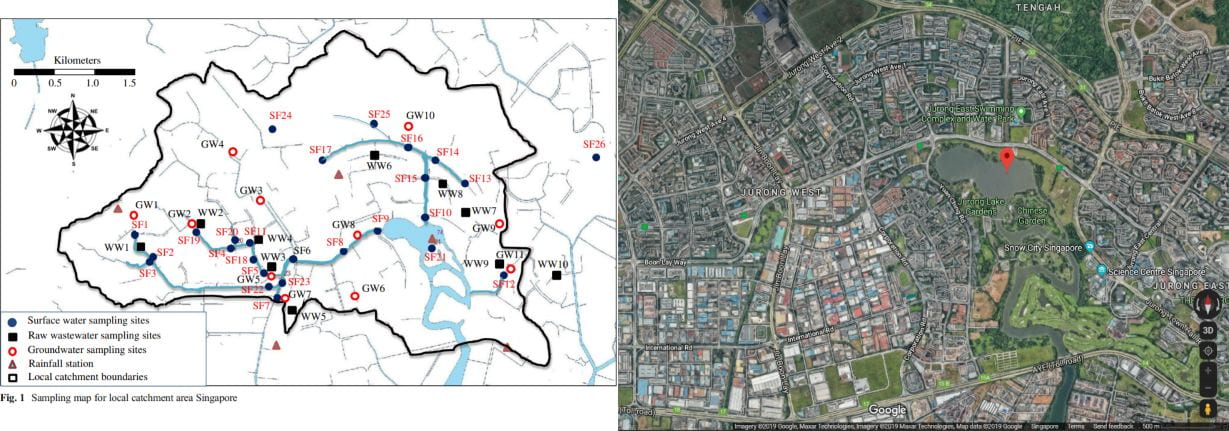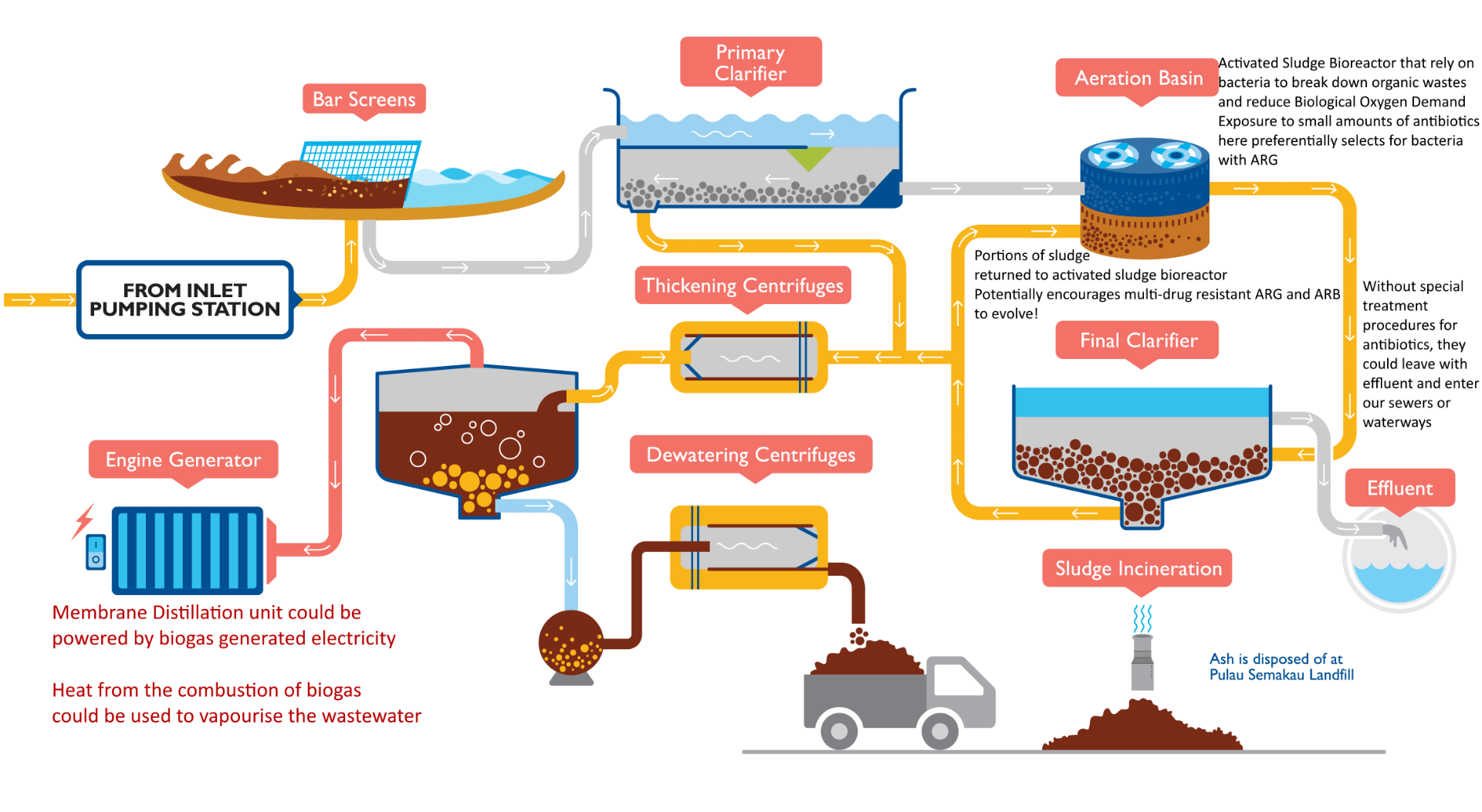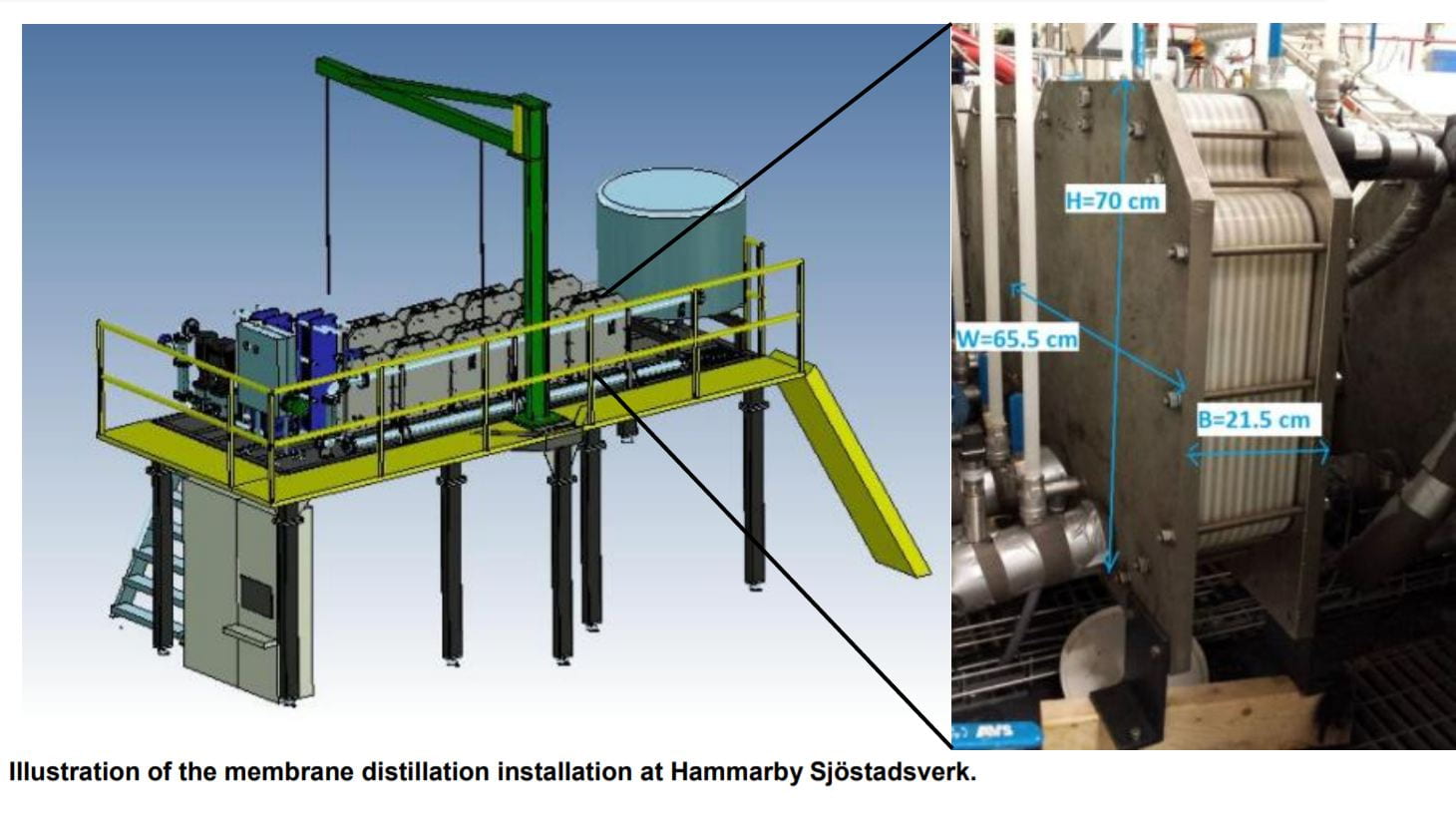Last week, we discussed the problems with antibiotics and how municipal wastewater treatment plants(WWTP) like ours worsen the spread of antibiotics, antibiotic-resistant genes(ARG) and antibiotic-resistant bacteria(ARB) into the environment.
This week, we expand our scope on pollutants to the subset of WHO’s persistent organic pollutants that encompass antibiotics, biocidal compounds, pharmaceuticals and endocrine disruptors; which I’ll term as bio-disruptive organic compounds (BOC) for the purpose of this post.
BES folks might recognise endocrine disruptors as an emerging pollutant in freshwater systems; but for the sake of those unaware, these BOCs alter hormone levels in organisms in a way that causes harm to the organism, its offspring, or those around them(Bergman, Heindel, Jobling, Kidd, & Zoeller, 2012; Godfray et al., 2019).
As the term “emerging pollutant” might allude to, new endocrine disruptors and BOCs are being discovered or manufactured(Bergman et al., 2012). Some of these originate from completely unintuitive sources: I mean, imagine flame retardants changing your hormone levels(Godfray et al., 2019)! I wouldn’t even have thought to look there for BOCs!
Not to mention, household products (especially plastics, glues, lubricating oils) contain plasticizers like phthalates, BPA and flame retardants like Polybrominated diphenyl ethers(PBDE) that are also endocrine disruptors(Monneret, 2017).

Yes…even I’m guilty.
Plastic containers, lubricants, and even vinyl flooring contain BOCs that can be washed into our sewers(Monneret, 2017).
Think about it, every time you wash your utensils, ride a public bus or wash your floor: we are washing BOCs down our sewers. With all due respect to PUB, our municipal WWTPs are still under-equipped to ensure complete and utter removal of all BOCs from our wastewater stream(Sui et al., 2015). I must stress utter removal because BOC concentrations of parts per trillion(ppt) are still harmful(Godfray et al., 2019).
Remember our 4 national taps? Yep, that same catchment water Sui et al (2015) found BOCs in bounces straight back at us. Of course, nothing is happening to our aquatic ecosystems or drinking water as of yet; but we can’t say with certainty that there will not be an ARB outbreak., an emergent BOC contamination, or any side effects of chronic exposure to BOCs
No point crying over spilt drugs, let’s talk solutions. The problem? Elevated concentrations of Diclofenac and Carbamazepine in ppt to ppb, and Caffeine in ppb to ppm; found around the Jurong Lake Catchment(Tran, Li, Hu, & Ong, 2014).

Sampling sites for pharmaceuticals around Jurong Lake Catchment.
Source(left): https://doi.org/10.1007/s11356-013-2428-9
Source(right): https://www.google.com/maps/place/Jurong+Lake/@1.3382125,103.7046754,4171m/data=!3m1!1e3!4m5!3m4!1s0x31da0ffd5cd73093:0x415a1e9ba09be19b!8m2!3d1.3418479!4d103.7281926
While there probably won’t be a universal solution to eliminate these BOCs from our wastewater, there is a particular pilot test that achieved significant results in a context analogous to Singapore’s WWTPs that I would like to present. A pilot plant utilising a novel technology, known as Membrane Distillation(MD), was implemented at Swedish WWTP as an alternative to an existing reverse osmosis array for the purpose of pharmaceutical wastewater treatment(Fortkamp et al., 2015). To put it simply, instead of using high pressures to squeeze water through a porous membrane, a selective hydrophilic membrane that only allows vaporised wastewater through is used.
The pilot managed to reduce Diclofenac, Carbamazepine, and Caffeine concentrations to below 3 ppt(Fortkamp et al., 2015). However, outstanding costs for heating wastewater was identified(Fortkamp et al., 2015). Fortunately, since PUB’s WWTPs recycles biogas for energy generation, a similar MD system with virtually no extra energy expenditure may be possible!

A possible opportunity to install a membrane distillation unit in our WWTPs. Source: https://www.pub.gov.sg/PublishingImages/PUB_29_UsedWaterConventionalTreatment%20PA-01.png
References:
Bergman, Å., Heindel, J., Jobling, S., Kidd, K., & Zoeller, R. T. (2012). State-of-the-science of endocrine disrupting chemicals, 2012. Toxicology Letters. https://doi.org/10.1016/j.toxlet.2012.03.020
Fortkamp, U., Royen, H., Klingspor, M., Ekengren, Ö., Martin, A., & Woldemariam, D. M. (2015). Membrane Distillation pilot tests for different wastewaters.In IVL Report B 2236: https://www.ivl.se/download/18.7e136029152c7d48c201f3/…/B2236.pdf
Godfray, H. C. J., Stephens, A. E. A., Jepson, P. D., Jobling, S., Johnson, A. C., Matthiessen, P., … McLean, A. R. (2019). A restatement of the natural science evidence base on the effects of endocrine disrupting chemicals on wildlife. Proceedings of the Royal Society B: Biological Sciences. https://doi.org/10.1098/rspb.2018.2416
Monneret, C. (2017). What is an endocrine disruptor? Comptes Rendus – Biologies. https://doi.org/10.1016/j.crvi.2017.07.004
Sui, Q., Cao, X., Lu, S., Zhao, W., Qiu, Z., & Yu, G. (2015). Occurrence, sources and fate of pharmaceuticals and personal care products in the groundwater: A review. Emerging Contaminants. https://doi.org/10.1016/j.emcon.2015.07.001
Tran, N. H., Li, J., Hu, J., & Ong, S. L. (2014). Occurrence and suitability of pharmaceuticals and personal care products as molecular markers for raw wastewater contamination in surface water and groundwater. Environmental Science and Pollution Research. https://doi.org/10.1007/s11356-013-2428-9
Additional Note:
If you would like to read more about Membrane Distillation, check out this book at National Libraries!
Specifically, pages 305-350. Really interesting stuff!


Hi Samuel!
Thanks for sharing about BOCs and how technology isn’t quite there yet to remove BOCs from our wastewater. While it is important to reduce BOCs, it can be inconvenient for people to stop using their reusable tupperwares and water bottles. How else could we then mitigate the effects of BOCs (besides improving technology)?
Cheers,
Letitia 🙂
Hi Samuel,
I have a question about this.
“Think about it, every time you wash your utensils, ride a public bus or wash your floor: we are washing BOCs down our sewers.”
What do you mean ? As far as I know, when we wash plastic dishes, e.g., tupperware, (at least under normal conditions) there’s no degradation. And why would riding a bus or washing the floor send BOCs to WWTPs ?
Thanks,
jc